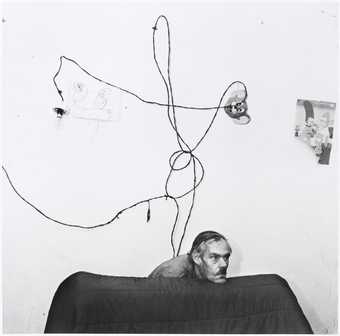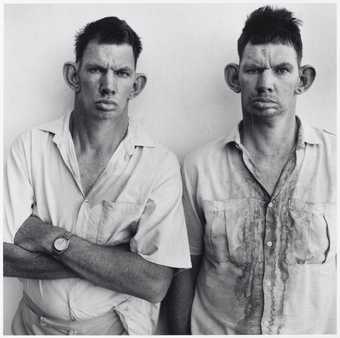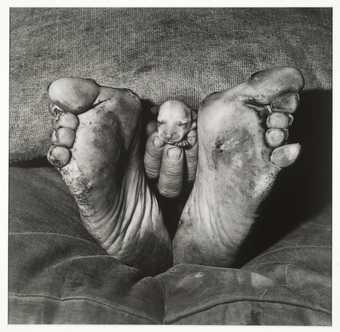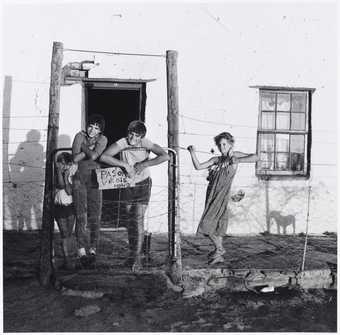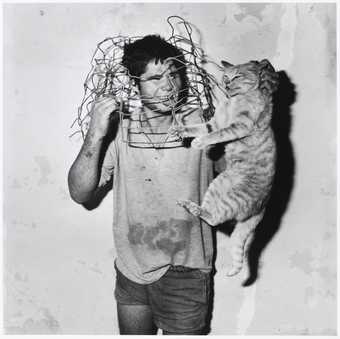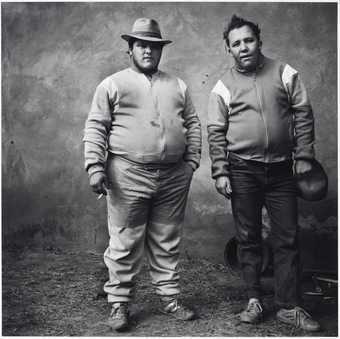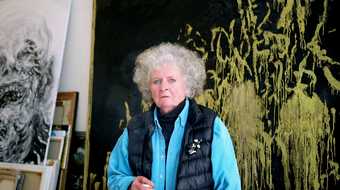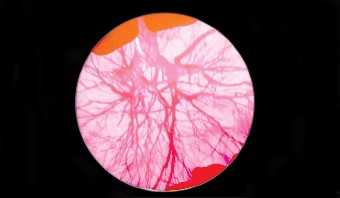transcription
Should I look into this camera?
This might be a slightly longer story. One… two… three.
My name is Roger Ballen and I'm going to take you to a place deep inside the Earth's belly, layer by layer.
There is something about the core that is the essence of life itself. Where is the mind? Can we find it? I'm trying to find the mind of Roger Ballen.
A good picture comes from nowhere, a place in the mind that the mind isn't prepared for and that's when pictures stay with you.
These photographs were taken between 1986 and 94 throughout the South African countryside. It was a period of revolution, rebellion, chaos and uncertainty. During this time, I photographed a group of white people living on the fringe. When people look at this photograph they have one impression of the twins. They're quite aggressive looking but when you look up here, it's quite different, it's the essence is totally opposite.
This is what's crucial about photography, it's always about catching this powerful instantaneous moment. It was the first still life I ever took in my career. It's about the old and the new birth and rebirth.
After 2002 or so you rarely see a face in any of my photographs. I started to integrate sculpture and you can see by the boy's arms that's a work of sculpture. Drawing started to really pervade my photographs in this series. I went into many people's houses over the years and in many of these houses the children or the people drew on the walls in the houses. Most people would find this insane but I said to myself: Why shouldn't you draw on the walls? Why do you have to go to a shop where the gallery?
I met Ninja and Yolandi in about 2005. They said when they saw my book Outland and Shadow Chamber, they stopped everything they were doing and reinvented themselves as Die Artwoord.
This video gave me the inspiration and an idea to make more videos and I guess the most important thing that came out of making 'I Think U Freeky' was that I started making videos with all my series and a lot of young people started the follow me.
In around 2003 or so, a man took me to a place that I refer to as ‘the Asylum of the Birds’. There were birds everywhere and the man who managed the building he didn't like his birds in cages. He felt they should stay free. See birds, for most people, are a sign of purity. They link the heavens to the earth most people don't like rats, they're scared of rats, they make them anxious. Why? A rat's no different than anything else in nature, it's just a product of life.
I'm trying to get to the bottom of something. What is real and unreal? I was in a woman's prison in Johannesburg. When I went in this cell there were windows covered with paintings and I was amazed with the luminosity of these paintings. These photographs were all taken on glass windows. What I did here is I made the invisible visible. We all believe in spirits or ghosts somehow or another, we can't disapprove them.
This was quite an interesting challenge for me to photograph what I couldn't see but what I thought was always there.
Think about it, think about it. Can you prove that you're really real?
An American who has lived in South Africa for the past thirty years, Roger Ballen began his career as a geologist. He is now one of the most important and influential photographic artists of the 21st century.
Renowned for his striking extremely visceral black and white photographs, he has a style he himself describes as ‘documentary fiction’, blending stark reality and set design.
In this episode Roger Ballen appears to take us on a journey deep inside the Earth’s core to explore of the shadow side of the mind and the underbelly of life itself. We meander through his work as he points out the essence of a good picture and how it can lodge itself deep within the psyche. What is there, what is really real? The film is an interview of the artist interlocked with projection mapped imagery showcasing his work.
Collection photographs are available to view for free in Tate Britain’s Prints and Drawings Rooms

